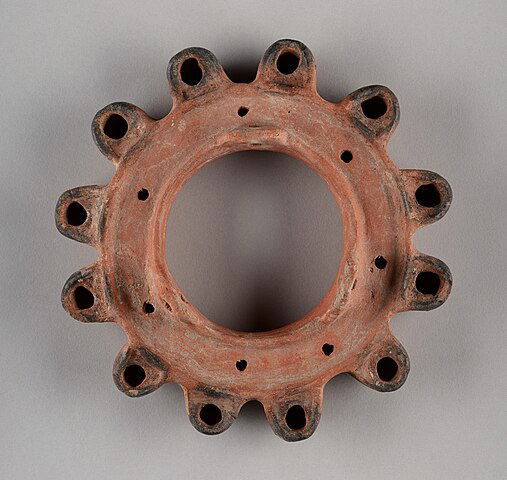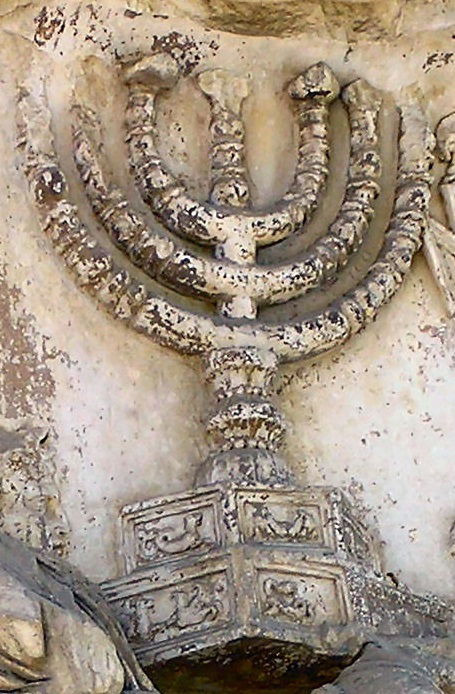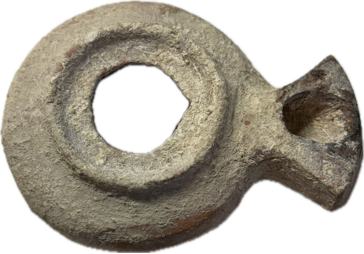Archaeology Is Lit!
Light is the first thing that God created on day one of creation week. On day four, God also created the sun, moon, and stars to give light. People figured out how to control fire for light and move it in lamps early in history, and archaeology preserves a record of these lamps.

Chandelier lamp first century BC–fourth century AD. Photo credit: Getty Research Institute, CC0 1.0 Universal, via Wikimedia Commons1
Lamps are an important image and tool in ancient times. We read about the most beautiful lamps that adorned the tabernacle in Exodus 25 (in Hebrew, it is called a Menorah) and gave light to the dwelling place of God.

The Arch of Titus’ menorah after the temple’s destruction in 70 AD. Photo credit: Gunnar Bach Pedersen, CC0, via Wikimedia Commons2
Why is light so important? While we may not understand how valuable light is today with the use of electricity, if you did not have light in ancient times, then you could not see to work, spend time with your loved ones, or stay safe after sundown. If you have ever spent time camping or the electricity has gone out in your house during a storm, you know how important those lights can be!
What were the writers of the Bible talking about when they thought of lamps and light? David in Psalm 119 speaks of the Word of God as being “a lamp to my feet and a light to my path.” In the book of Job, household lamps are mentioned three different times and were used symbolically to describe the life/soul of a man as well as the favor of God shining upon Job before his pain (Job 18:6, 21:17, 29:3).

Oil lamp from right after the time of David who wrote many of the Psalms. Olive oil would be poured into the bowl of the lamp and a wick of linen or other plant fiber put in the folded spout. Photo credit: Corey East
In archaeology, we find hundreds of thousands of lamps that date to the time the Bible was written. These artifacts (objects made by human beings) help us understand what the writers of the Bible were talking about during their time and shed light on their culture.
In Luke 8:16, Jesus also uses the picture of the truth of God’s Word as a lamp that is put on a stand for others to see its light. Jesus in John 8:12 says, “I am the light of the world. Whoever follows me will not walk in darkness, but will have the light of life.”

Oil lamp commonly used during the time of Jesus. Oil would be poured in the larger hole and a wick inserted into the smaller hole with one end in the oil. Photo credit: Corey East
What an illuminating gift archaeology is!
Footnotes
- https://commons.wikimedia.org/wiki/File:Lamp_alt_1st_century_B.C.%E2%80%934th_century_A.D._-_Getty_collection_83.AQ.377.526.jpg See all footnotes
- https://commons.wikimedia.org/wiki/File:Menorah_(Arc_de_Titus,_Rome).jpg See all footnotes
- © 2025 Answers in Genesis
- Privacy Policy
- Contact
- About
